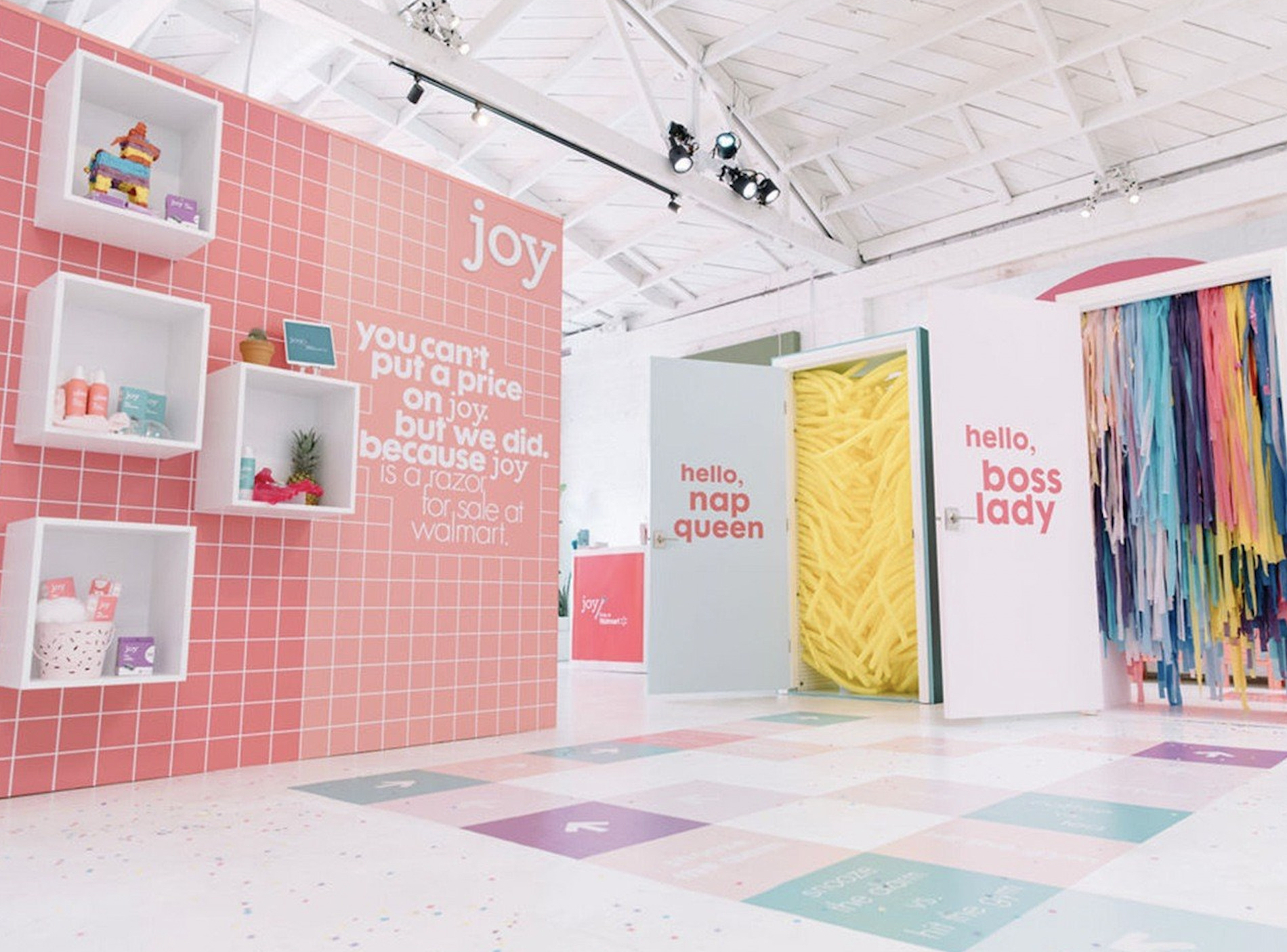
Article Updated 5/22/23
When thinking about how to host the ultimate product lunch event, it can be useful to look back and see what others have done in the past. No company has made headlines when it comes to launching product like Apple. On January 9th, 2007, Steve Jobs–with his signature rimless glasses and black turtleneck–got on stage at the MacWorld Expo with a simple headline, Apple Reinvents the Phone, displayed behind him. He was introducing the world to a little something called the iPhone. Fifteen years on, the phrase “product launch event” remains in many ways synonymous with the debut of a new Apple technology. However, you don’t need to be an iconic billionaire visionary representing your $3 trillion dollar company (you know, give or take) to make a lasting impression. Read on for The Vendry’s guide to a successful product launch event and product launch event ideas.
A product launch event is a type of experiential marketing that goes beyond traditional commercials or brochures. You are quite literally introducing your product to consumers, investors, and influencers. They should feel celebratory and enthusiastic, while succinctly conveying the brand’s message. In a nutshell, there are two modes of product launch events:
Live and in person product launches are the more traditional route, which can be an event all on its own or done in tandem with something like Fashion Week or a larger convention. Benefits involve a consumer’s direct interaction with a product, something that is hard to replicate in the digital space. There is a tangible sense of engagement by choosing the live, in-person option.
Virtual product launches also have great benefits. Your budget will go much farther, but the main perk is an extended reach. You’re not beholden to localized geography in terms of finding your audience for your launch event. There’s plenty of opportunities to get creative, and in a post-pandemic landscape, society is completely acclimated to the world of virtual or hybrid events. It is not seen as a “less than” option, as it might have been three years ago.
According to a study by Statista, a global business data platform, 91% of consumers “have more positive feelings about brands after attending events and experiences” and 85% are “likely to purchase after participating in events and experiences.” So product launch events aren’t just a chance for a celebratory party but an integral and targeted aspect of the product’s marketing that ultimately leads to increased revenue. Product launch events have measurable ROI, so should be taken seriously from an event planning and marketing perspective.

In actuality, the approach to a product launch plan is not much different than one you might create for any other event, albeit it with some tweaks:
Probably the biggest thing to keep in mind overall with product launch events is that you don’t want it to overshadow the product you’re launching. If there’s too much going on, the product you are supposed to be highlighting can ironically become an afterthought in the eye of the attendee. Sometimes less really is more, so keep that focus on the product itself. Simplicity is not the enemy.

Once you have your general vision in mind, the checklist for your product launch plan ranges from the macro to the micro:
The Vendry has a comprehensive marketplace of venues to get you started with this.
The venue search process can be challenging, to say the least.
Read How to Find a Great Venue- 5 Things to Keep in Mind to help you find the perfect space, with less stress.
Once again, this has many similarities with your usual approach to other consumer-related event planning:
Product launch event examples truly run the gamut, but they tend to boil down into three umbrella categories:
1. Consumer Events
2. Media Events
3. Trade Events
Whether it’s trade shows, incorporating keynote speeches or pre-recorded conversations, there aren’t really hardline rules anymore about what should and shouldn’t be included, as long as the product remains front and center. A product launch event is as unique as the item itself, and unveiling a new software is going to have a completely different vibe from celebrating a new tequila label.

When it comes to these types of events, one of the main goals should be generating an ongoing conversation about said product. Some tips for ensuring the sense of enthusiasm lasts long after the fact:
In the dynamic landscape of product launches in 2023, harnessing the power of technology and AI has revolutionized the planning process. One prominent example is the utilization of AI-driven market research platforms like TrendSpotter and BrandWatch. These tools employ advanced algorithms to analyze vast amounts of data from social media platforms, customer reviews, and market trends, providing businesses with actionable insights into consumer preferences. By uncovering emerging trends and understanding customer sentiments, companies can strategically tailor their product offerings to meet specific market demands.
Also consider using AI at your event as part of an activation or installation to engage employees and guests. AI also often allows customization, which consumers expect a lot more of these days.
From AI-driven market research to intelligent planning software and chatbot support, these advancements empower companies to make data-driven decisions, streamline operations, and deliver exceptional products that resonate with their target audience.
The Vendry is a premier professional network and marketplace for the events industry, and has been lucky to help bring myriad product launch events to fruition. Whether you’re looking to launch a new VR headset, debut a new drink, or introduce a new skincare line, The Vendry is here to get a proposal started for your next product launch event. Black turtleneck not required.
Take your team building to the next level...